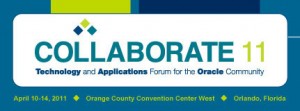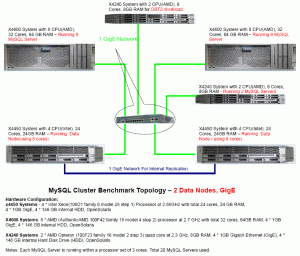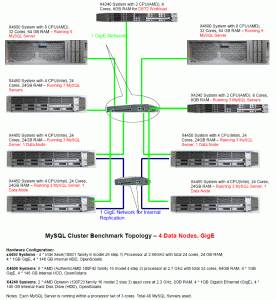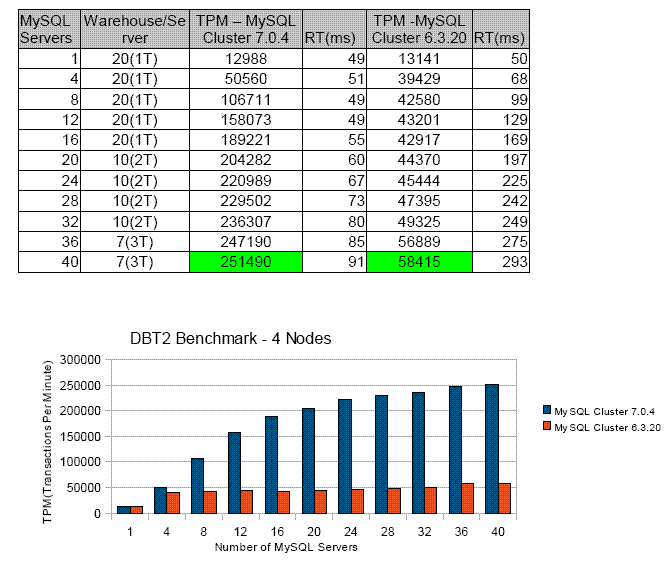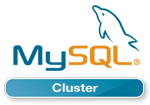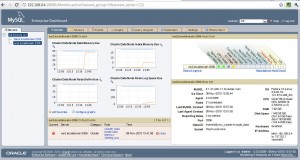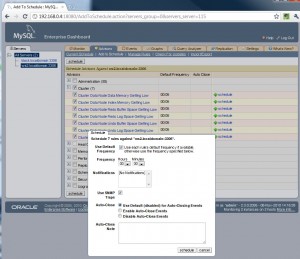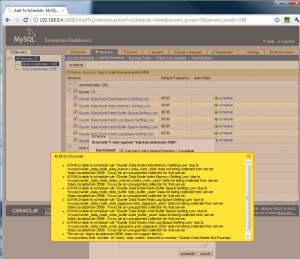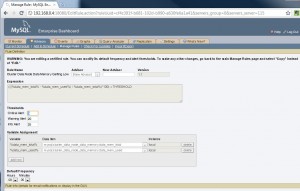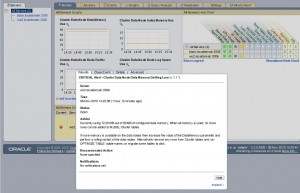Oracle University has added a new course to its training catalog “Introduction to MySQL 5.5” which is a day-long seminar. The seminar goes into some detail on many aspects of using MySQL and of course pays particular attention to the new features in MySQL 5.5. I’ve reviewed the material and can assure you that there is plenty of it!
Of most relevance to this blog is the overview of MySQL Cluster (which isn’t a big focus of the seminar as Cluster is currently using MySQL 5.1) and MySQL replication – the highest profile 5.5 feature being asynchronous replication which can make sure that zero updates are lost even if the master fails catastrophically.
At the time of writing, neither the on-line and instructor-led sessions have been scheduled and so you should register an interest here. When OU have sufficient registrants they’ll schedule the sessions (note that unlike webinars, white papers etc. there is a charge for this training).
Here’s the official description:
Introduction to MySQL 5.5
Duration: 1 Day
What you will learn
This one–day seminar covers all the new features and other key enhancements to MySQL 5.5 and the MySQL Enterprise Edition, including Performance, Scalability, Availability and Backups. Instructor lecture is supported by live demos as necessary. By attending this course, you learn how to plan your use of the MySQL 5.5 product release more effectively.
Students who can benefit from this course:
New users of MySQL, who have little or no previous experience with a relational database management system.
Existing MySQL users who are interested in learning about the new functionality possible with the MySQL 5.5 Release
Learn to:
Plan your use of the mySQL 5.5 product release more effectively
Audience
Database Administrators
Database Designers
Prerequisites
Basic computer literacy is required
Knowledge of database concepts
Previous experience with any command-line program
Course Objectives
Understand the features and benefits of MySQL
Recognize new MySQL 5.5 features
Understand how MySQL Enterprise Monitor and MySQL Query Analyzer alerts DBA to potential problems, queries and tuning opportunities before they impact key systems or applications
Understand how MySQL Enterprise Monitor and MySQL Query Analyzer works with MySQL databases
Distinguish how MySQL Workbench provides GUI-based data modeling, SQL development, deployment, and comprehensive administrative tools
Understand Replication features and functionality
Recognize how to supports full, incremental and partial backups with compression as well as point-in-time recovery
Course Topics
Introduction
Features and Benefits of MySQL
MySQL Products and Service
MySQL Community Edition vs. MySQL Enterprise Edition
MySQL Certification Program
MySQL Website
MySQL Architecture
How do I upgrade to MySQL 5.5
Whats New in MySQL 5.5
Introducing InnoDB as MySQL’s Default Storage Engine
Performance and Scalability and Benchmarks
Improved Availability
Improved Manageability and Efficiency
Improved Usability
Improved Instrumentation and Diagnostics
MySQL Production Ready Software and Support
MySQL Administration
Enterprise Monitor and Query Analyser
MySQL Workbench (server configuration, user administration, object management)
MySQL 5.5 Replication Enhancements
Overview of MySQL Replication
MySQL 5.5 Replication Features
Users Wants and Needs
Replication Enhancements in MySQL 5.5
What’s Cooking in the Replication Labs
Getting Started with MySQL 5.5 Replication
MySQL Enterprise Backup
Database Backup Overview
MySQL Enterprise Backup Features and Benefits
Database Backup Types: Comparison
MySQL Enterprise Backup: how it Works

